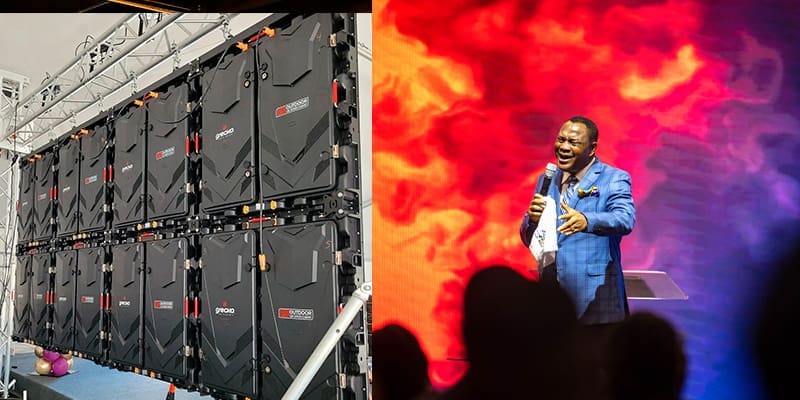What are the differences among these and why do most people prefer LEDs?
Plasma advertising screens work through accumulated gas, which feeds and illuminates each pixel of it. This plasma is “encapsulated” between two thin sheets of glass. They are vulnerable to that “burn-in” effect in which blurred spots appear on the screen. And although newer models provide “anti-burn-in” features, this is not effective 100% of the time. Its heavy and bulky format has failed against its slimmer competitors: LCD and LED. These two offer a wider range of colors and a better overall experience.
LCD screens: LCD technology (liquid crystal display) works precisely on the basis of layers filtered with liquid crystal molecules. This is held between two sheets of glass. Those images you see on LCD screens are controlled by these filters, which “twist” when electricity is applied to allow the passage of fluorescent light.
LED screens are everyone’s favorite. As mentioned, they can be considered a hybrid of LCD technology, with new backlighting features, and not the classic fluorescent light, offering a lighter contrast, deeper darks, and more attractive colors. Even in sunny outdoor conditions.
Screens with “light-emitting diodes” (LEDs) allow you to enjoy the following advantages:
- Mega contrast ranges: They can produce from the brightest white to the darkest black. They work in dark rooms as well as in spaces with a lot of light.
- Lightweight, easy to transport and assemble.
- Efficient energy consumption: They can consume between 40% to 50% less than Plasma and LCD screens.
We are here to advise you. You will certainly choose a LED advertising screen suitable for you.
